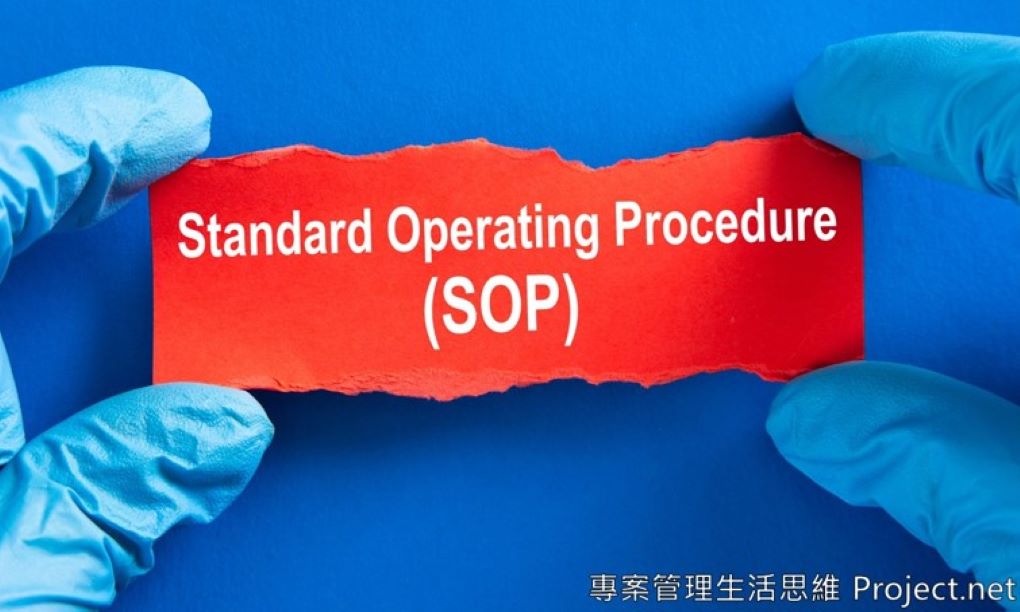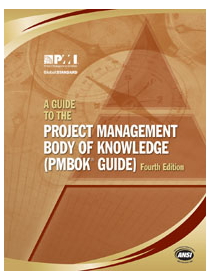這篇也是我在網路上看到覺得很棒想分享給大家的文章。
我這幾年,看過太多人想做整個組織的專案管理時,還在幻想要直接套用PMBOK或是去哪裡抄個標準管理模式。 甚至碰過很多人居然還去找考PMP時的老師或是補習班來幫忙導入專案管理(結果又只是套用PMBOK XD)。 但這都一定會撞車的。
因為所謂「導入專案管理」對於一個以專案(產品、服務、或一次性)為導向的產業而言,其實就是意味著重塑整個營運流程與管理規則。 這涉及的變動非常廣、也極為全面;必要時甚至包含了組織圖變動或工作執掌重切、以及量測KPI的改革。 如果參與者不能了解該產業案子細微之處,只是套用別人的東西,就算是同產業的流程,都可能適應不良。 更多人以為只是買套系統或是上上課之類,那更是大錯特錯。
在這篇轉貼的文章中,作者就有提到一個好的PMO規劃與導入,其實從一開始就得思考下面六大點。
包含 : 權力的同步;組織策略與目標的同步;量測的同步;管理團隊的同步;成熟度的同步;文化的同步。
唯有考量到這些、理解組織的需求、並配合組織文化與能力逐步執行,這件事情才有可能落實。 設計的做事方法必須同時兼顧老闆的需求以及管理團隊的需求。 不是只叫大家填一堆表,但卻讓PM綁手綁腳覺得好像對他沒幫助。 這樣就不能取得真心的理解,長期就注定失敗。
只是有時候這一切需要時間、有時候這需要毅力,但別忘了,做這件事情的核心目標是為了組織好、而非短期成效。 一旦你開始追求短期成效,這件事情最後就必然是失敗收場了。
(PS. 不過我也理解,很多人有時候沒辦法不去追求短期成效。 但這是另一個議題了,有機會我再來討論這個。)
------
by wayne caccamo, September 23, 2011
I recently read what I found to be an amusing reference from a survey on PMO effectiveness conducted jointly by CIO.com and the Project Management Institute. This survey concluded that the longer a PMO is in existence, the greater the results. It went on to report that of those surveyed, only 37 percent of companies that had a PMO in place for under a year encountered increased success rates of any kind. Conversely, those companies with a PMO in existence for over four years experienced a 65 percent increase in success rates.
Excuse me, but isn't this a little like saying that a baseball pitcher who is still in the game in the 7th inning has a better chance of winning than one who hasn't finished the first inning yet? Or, if you prefer, it's like saying that anything with a track record of survival has a better chance of surviving than anything that has no track record.
Let's not try to read some kind of magical “Ah Hah!” moment into this data. PMOs that thrive and prosper share some fundamental commonalities that are as important in year one as they are in year seven. In fact, if you don't get these things right in year one, you might not make year two. You don't have time to improve with age like a fine wine.
I will refer to these commonalities as dimensions of alignment. That is, PMOs must be aligned with the organization along the following dimensions:
1. Power Base Alignment. PMOs must have the authority and empowerment that results from support and alignment with key business and IT leadership. Success or failure may be pre-determined by your host organization. You can do everything right but be doomed to failure if you don't have the right level of sponsorship from the start.
2. Corporate Strategy and Objectives Alignment. With the right power base, alignment with corporate strategies and priorities should happen naturally (i.e., you won't find yourself strategically placed from an organizational reporting perspective if somebody important didn't see the PMO as an important in cog in the companies strategy execution wheel). This typically implies having a business-driven, top-down view of your objectives as part of your PMO's organizational DNA. It usually means that you are not project-centric but are strategic initiative-, program-, product- or process-centric.
3. Business Metric Alignment. This falls naturally out of alignment with the corporate strategy and objectives. PMO metrics should support business and IT leadership which are increasingly "customer-oriented." As a result, metrics should evolve from traditional project-centric scorecards (e.g., on-time, on-budget) to include contribution to product ROI or time-to-market, increases in customer satisfaction through higher quality deliverables, etc. There is no such thing as an "IT project" any more so IT project metrics like cost by itself will not resonate with the C-suite.
4. Customer Alignment. Alignment with leadership and sponsors may be a pre-requisite, but if you don't win the hearts and minds of the project managers and project team members on the ground starting in year one, you may never generate the momentum needed to survive year one. Understanding how to deliver value and service offerings that make project managers successful and coming back for more is critical.
5. Maturity Level Alignment. This may be inextricably intertwined with customer alignment, but it's important to highlight the importance of creating a PMO service offering and portfolio that the organization is ready to consume given its current level of process maturity. It's important to have a vision for a more sophisticated and complete PMO, but let the organization crawl before you ask it to walk.
6. Culture Alignment. This consideration should feel a lot like maturity level alignment. However, the difference is that maturity levels are a lot more dynamic than culture which is the enduring organizational beliefs, values and attitudes which by definition evolve more slowly. And, of course, culture transcends organizational boundaries where the maturity level referenced above refers only to the PPM process stakeholders. The culture of many organizations is heavily driven or influenced by the organizational structure and leadership style. For example, is the organization characterized by a hierarchical organizational structure and a top-down command-and-control style management approach or is governance and authority more distributed-matrixed, collaborative and bottom-up? An authoritative command-and-control style PMO in a more collaborative "build-it-and-they-will-come-culture" may be like trying to fit a square peg in a round hole and vice versa. So, don't forget about cultural sensitivity when establishing and evolving your enterprise PMO.
本站所有文章未經事先書面授權,請勿任意利用、引用、轉載。

























